Fill In Sentences:
Civil Rights
INSTRUCTIONS:
Fill in each blank box with the word from the above list that best completes the sentence.
integration
inferior
accompany
excluded
courageously
allegedly
register
intimidated
haphazardly
segregation
migrated
phenomenon
facilities
mistreatment
discrimination
1. African Americans faced when looking for jobs and places to live.
2. For a long time, the Supreme Court’s “separate but equal” decision was used to support .
3. Separate public such as rest rooms and drinking fountains were seen throughout the South.
4. The president sent troops to African American children to schools being integrated.
5. Many hotels African Americans, completely refusing to provide rooms for them.
6. Before the mid-1960s, the government reacted to the civil rights movement.
7. Many African American refused to be as they fought for equal treatment.
8. Most African American children attended run-down schools that offered an education.
9. President Truman ordered the of the Army in the late 1940s.
10. In search of work, many African Americans from the South to big cities in the North.
11. The sometimes brutal of African Americans continued even after slavery ended in the South.
12. As African Americans moved into the cities, the of “white flight” to the suburbs began.
13. Civil rights protesters continued their protests even as police used billy clubs and attack dogs to stop them.
14. In 1964, many volunteers went to Mississippi to help African Americans to vote.
15. In 1956 Autherine Lucy, an African American student, was expelled from the University of Alabama, for her own protection.
Be Sure to fill in all of the answers before you click submit.
You will not be able to edit the results after submission, but you will be able to retake the entire activity.
Definition Matching:
Civil Rights
INSTRUCTIONS:
For each vocabulary word in the left column, locate its definition in the right column.
Type the number of the correct definition in the blank before the word.
segregation
1. difference in the treatment given to a particular person or group
phenomenon
2. the separation of racial groups from each other
discrimination
3. place or thing that provides a particular service
accompany
4. to go with someone
inferior
5. to keep out; to shut out
intimidate
6. in an unplanned, unorganized way
courageously
7. to frighten; to make fearful
exclude
8. lower in importance, position, or rank; not as good as
allegedly
9. the inclusion of all people regardless of race
haphazardly
10. to move from one place to live in another
integration
11. bad way of behaving or acting toward someone or something
mistreatment
12. an event, circumstance, or happening that can be observed
facilities
13. bravely, fearlessly
register
14. to have one’s name recorded on a list
migrate
15. supposedly; according to an accusation
Be Sure to fill in all of the answers before you click submit.
You will not be able to edit the results after submission, but you will be able to retake the entire activity.
Crossword:
Civil Rights
After you enter a letter in a box, the focus will automatically move to the next box if it is available.
Most children know nothing about the Civil Rights movement; for kids, this unit introduces them to the protests, violence, and political upheaval that marked this period and continue to be relevant today.
Although slavery officially ended when the Civil War did in 1865, the next 100 years were anything but struggle-free for African Americans, and the legacy of slavery and segregation continues to mar the lives of many African Americans today. This era is brought to explosive life in this look at the Civil Rights movement; for kids who want to learn more about the monumental changes wrought during this time, this unit can’t be missed. This study of the Civil Rights movement, for kids, starts with how segregation – an unwritten law in the North but a very public and accepted one in the South – fed the struggles of African Americans, which culminated in the birth of nonviolent protests, sit-ins, and civil disobedience that ultimately led to the passage of the Civil Rights Act of 1964.
Heroes of the period, from humble ones like bus rider Rosa Parks to powerful lawyers like Thurgood Marshall, who later became the first African American Supreme Court Justice, are given special attention, along with the various groups, such as the NAACP and the National Urban League, that worked together to change the system. And no discussion of the Civil Rights movement, for kids, would be complete without a look at Martin Luther King, Jr., how he inspired and led millions, and how he gave his life trying to create a better one for so many others.
8 Topics in this unit
-
Free
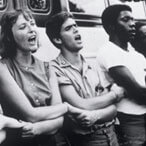
-
Defining Civil Rights
Slavery in the United States officially ended in 1865 with the end of the Civil War. But t ...
- 560L-740L
- 750L-890L
- 900L-1040L
-
Free
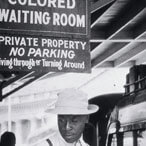
-
The Rise of Segregation
During the Civil War between the North and South, President Abraham Lincoln signed the Ema ...
- 560L-740L
- 750L-890L
- 900L-1040L
-
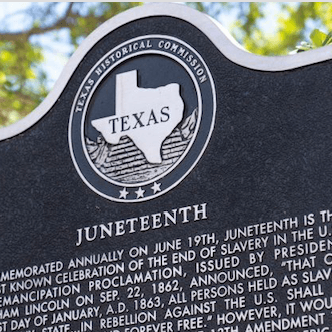
-
Juneteenth
On January 1, 1863, President Lincoln’s Emancipation Proclamation went into effect, ...
- 560L-740L
- 750L-890L
- 900L-1040L
-
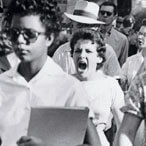
-
Birth of the Civil Rights Movement
Protests against segregation increased during World War II (1939–1945).
- 560L-740L
- 750L-890L
- 900L-1040L
-
Free
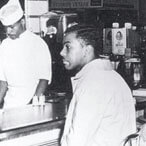
-
The Early 1960s
The movement had a saying, “Free in ’63.” It meant that African American ...
- 560L-740L
- 750L-890L
- 900L-1040L
-
Free
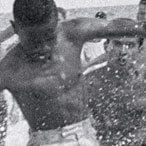
-
Triumph and Tragedy in the Mid-1960s
In 1964, Martin Luther King Jr. was awarded the Nobel Peace Prize.
- 560L-740L
- 750L-890L
- 900L-1040L
-
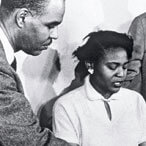
-
Heroes of the Movement
During the civil rights movement, both leaders and ordinary people exhibited great courage ...
- 560L-740L
- 750L-890L
- 900L-1040L
-
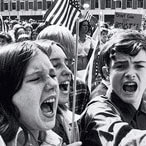
-
The Movement’s Legacy
To some, the passage of civil rights legislation and the death of Martin Luther King Jr. m ...
- 560L-740L
- 750L-890L
- 900L-1040L
2 Videos in this unit
-
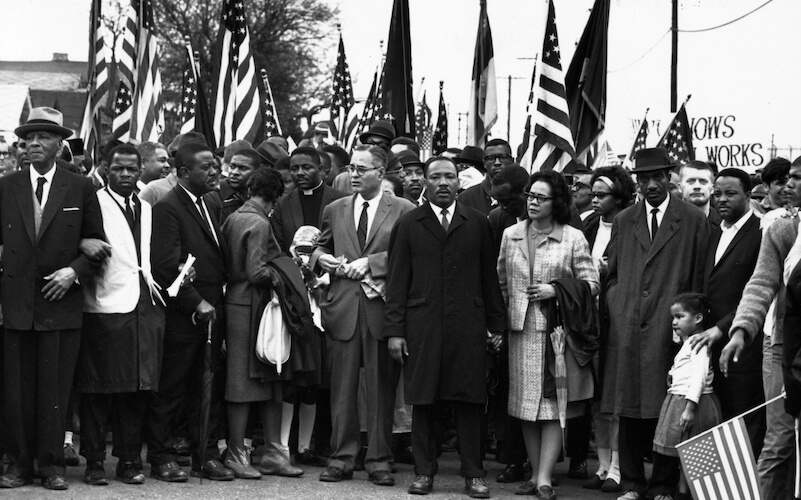
-
Triumph and Tragedy in the Mid-1960s
When African Americans in the South tried to register to vote, they were often intimi ...
-
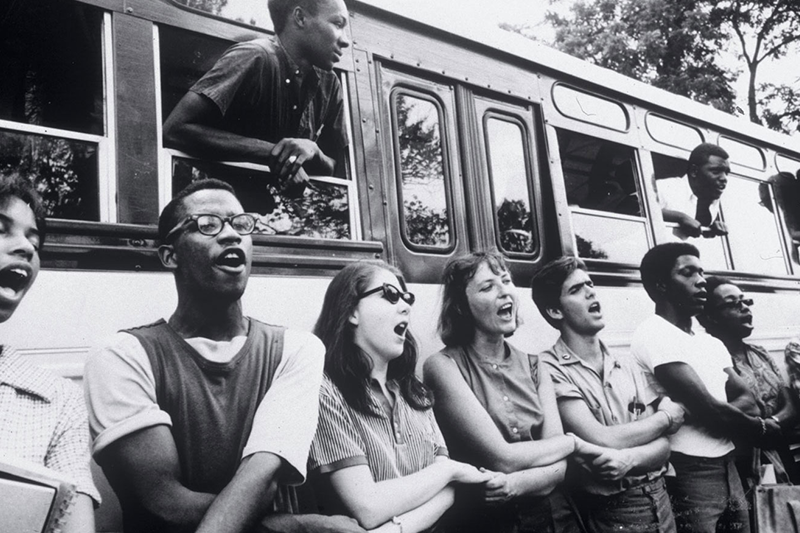
-
Defining Civil Rights
By the turn of the century, a system had been made up to keep Black people “in ...

